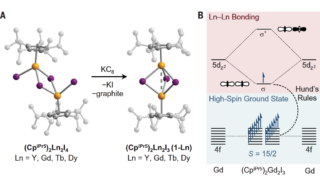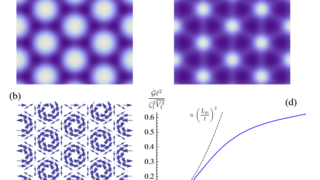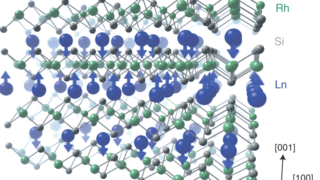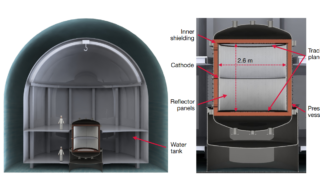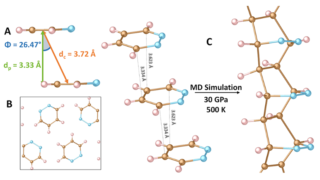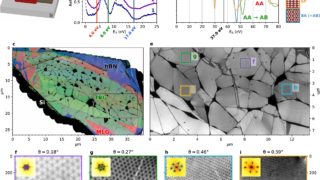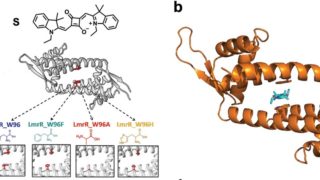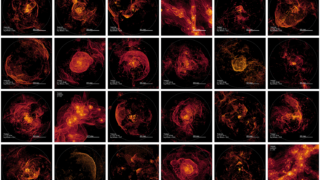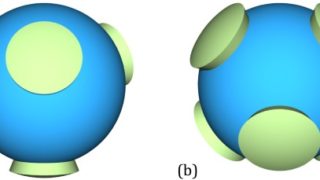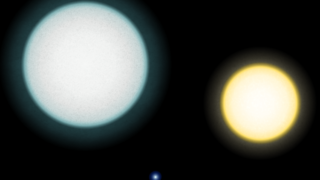
J-PLUS observational constrains to the white dwarf spectral evolution
White dwarfs are the degenerate remnant of stars with masses lower than 10 times that of the Sun and the endpoint of stellar evolution for more than 97% of Galactic stars. White dwarfs are an important tool in studying the star formation history of the Milky Way, the late phases of stellar evolution, and to […]
